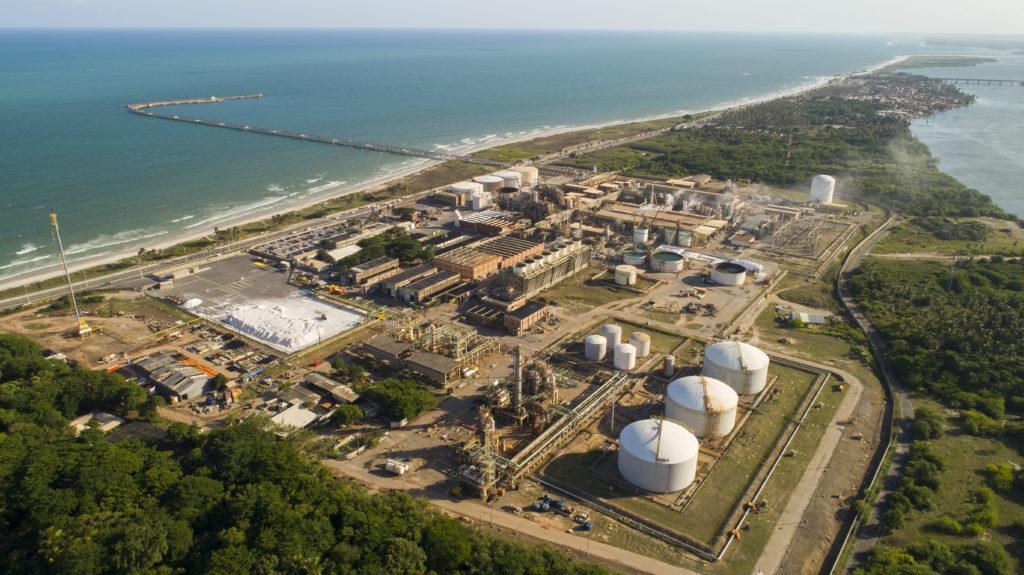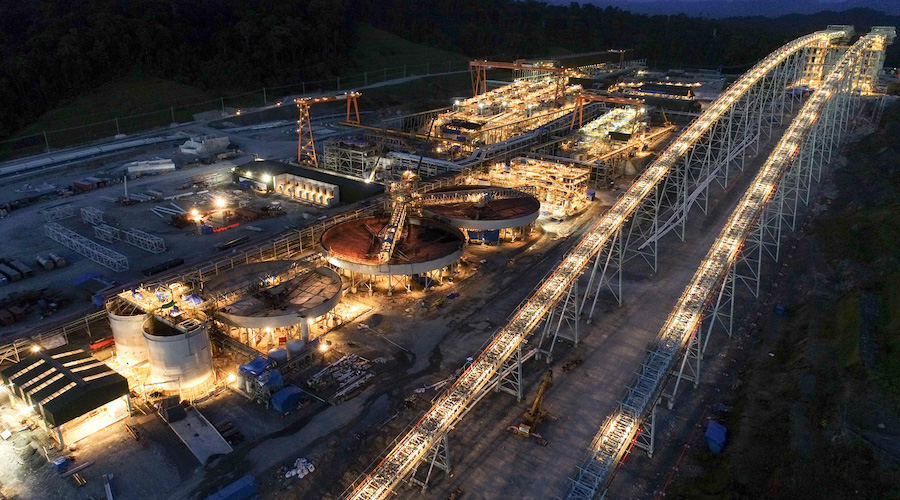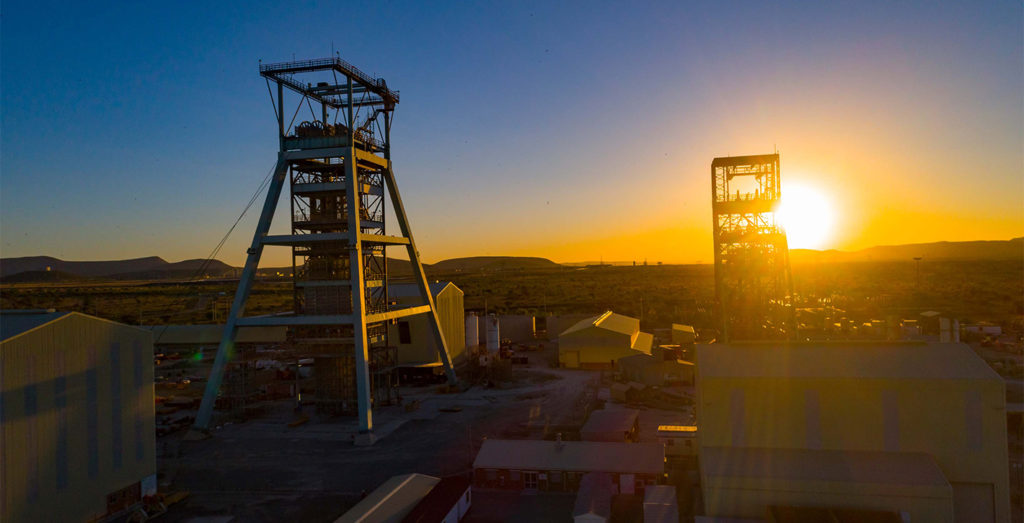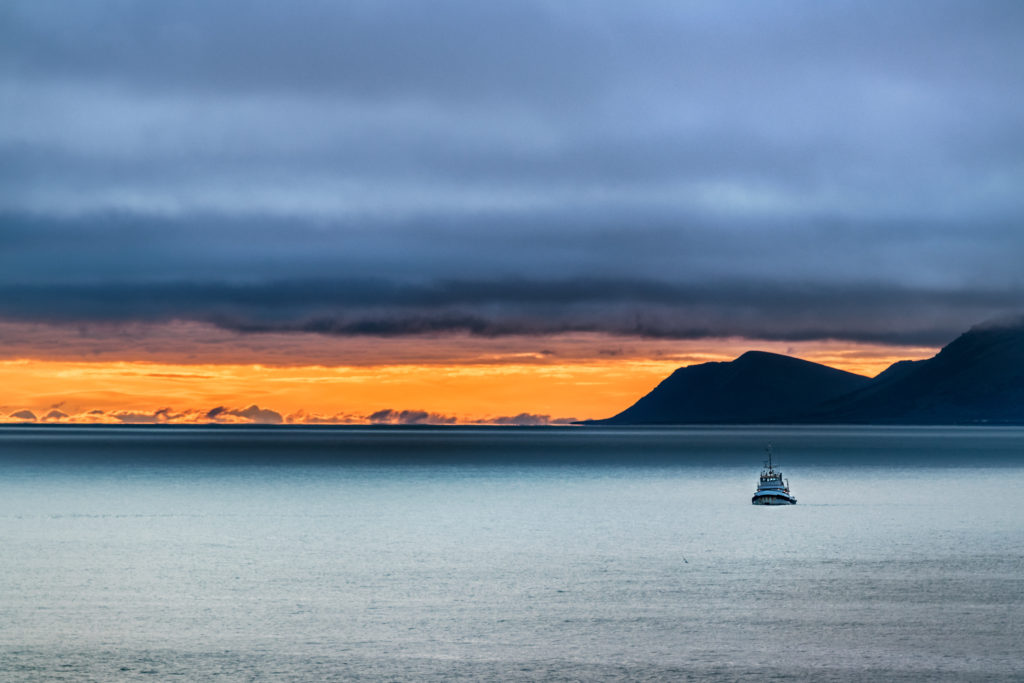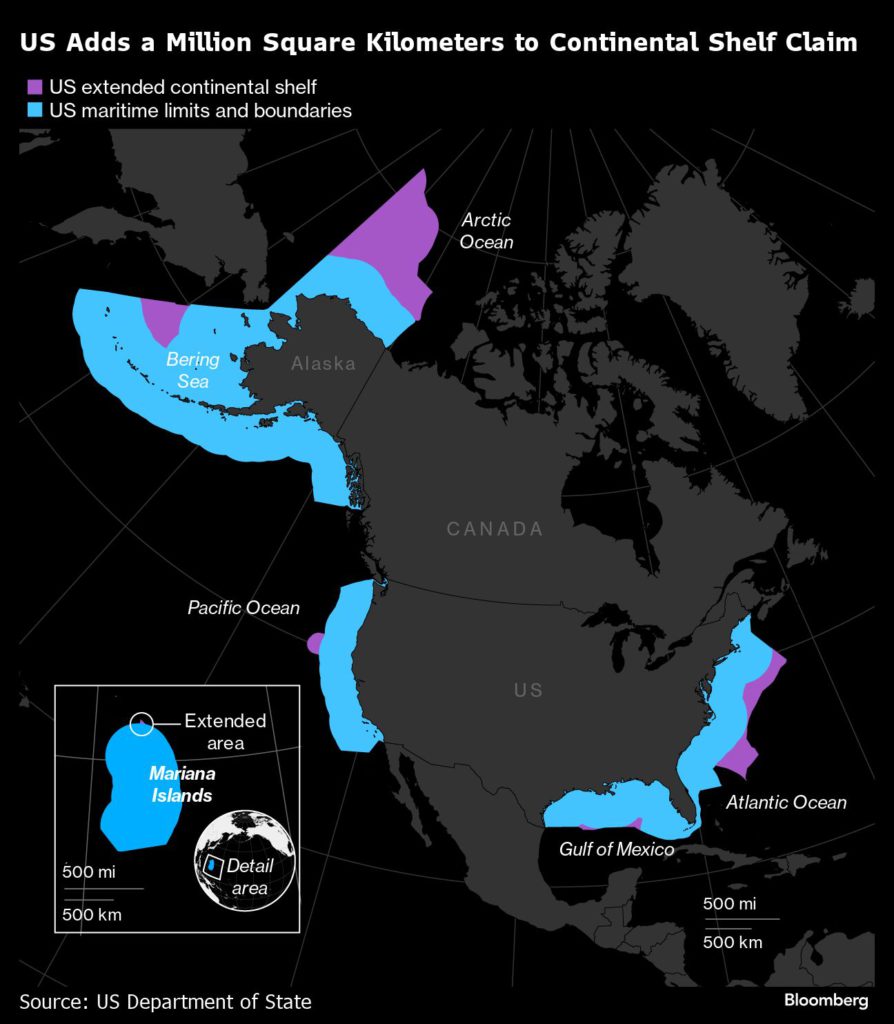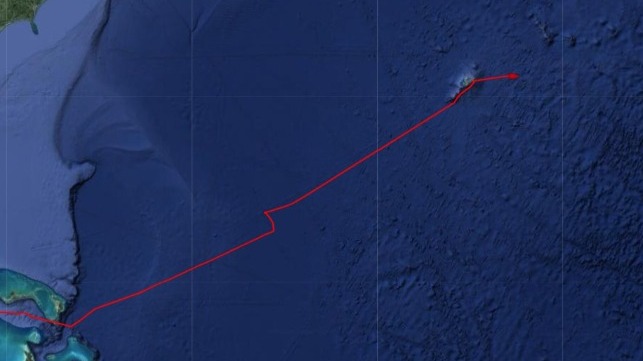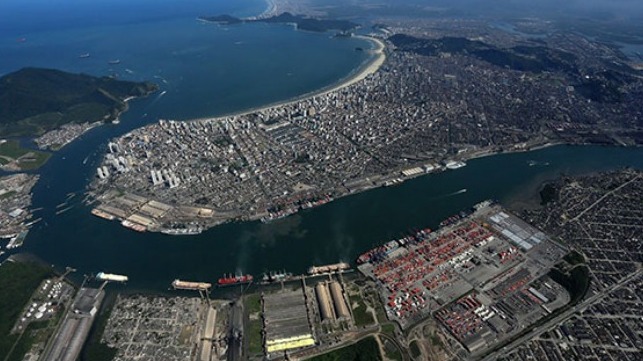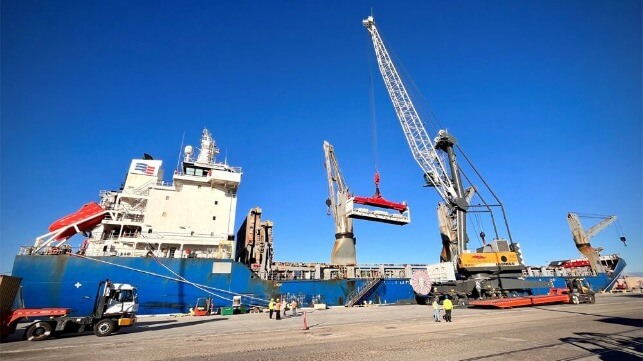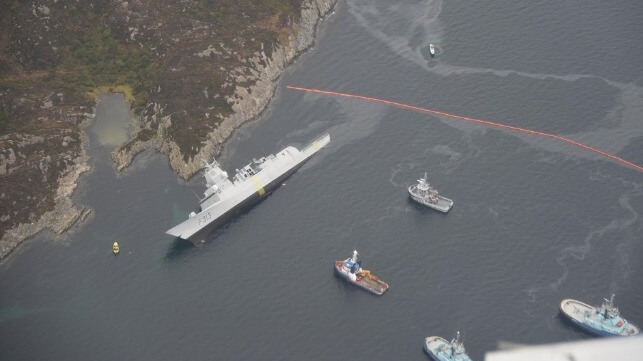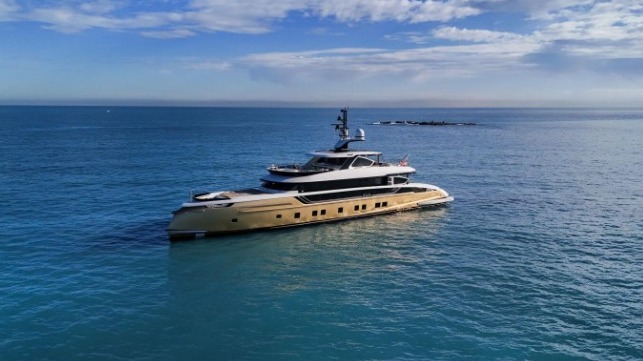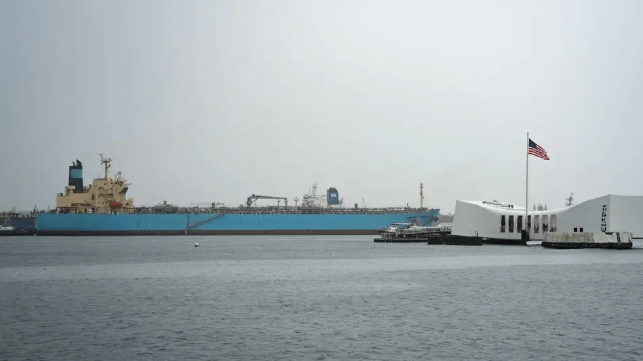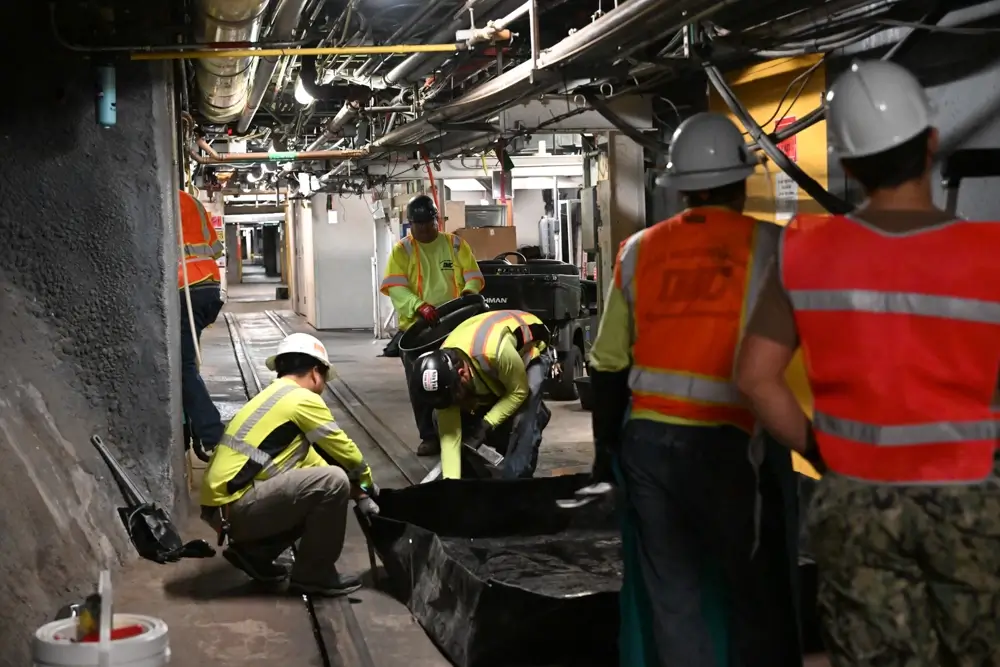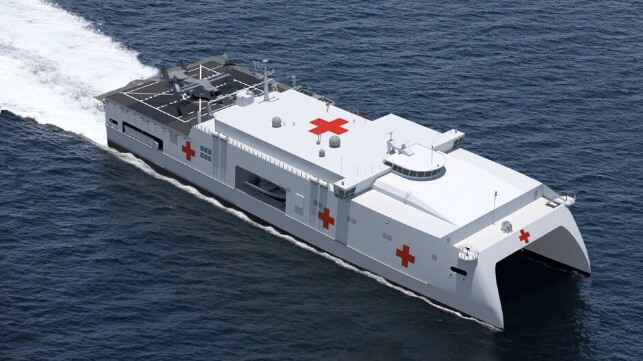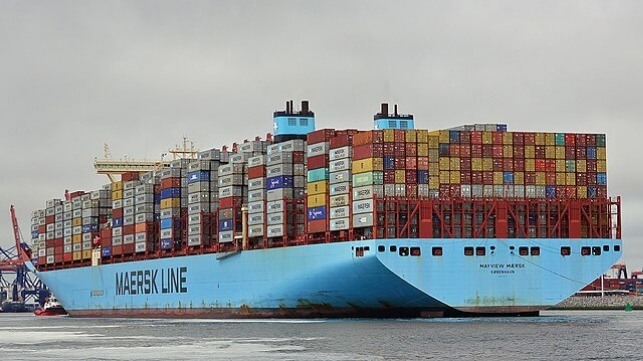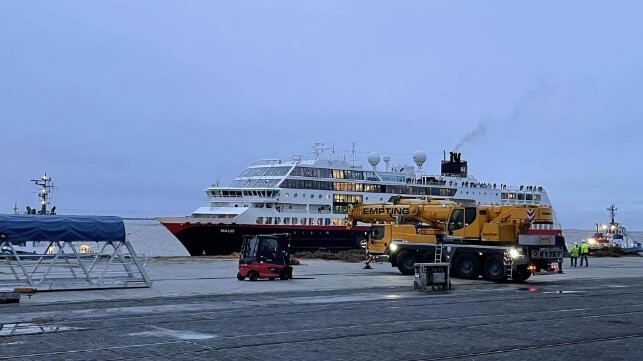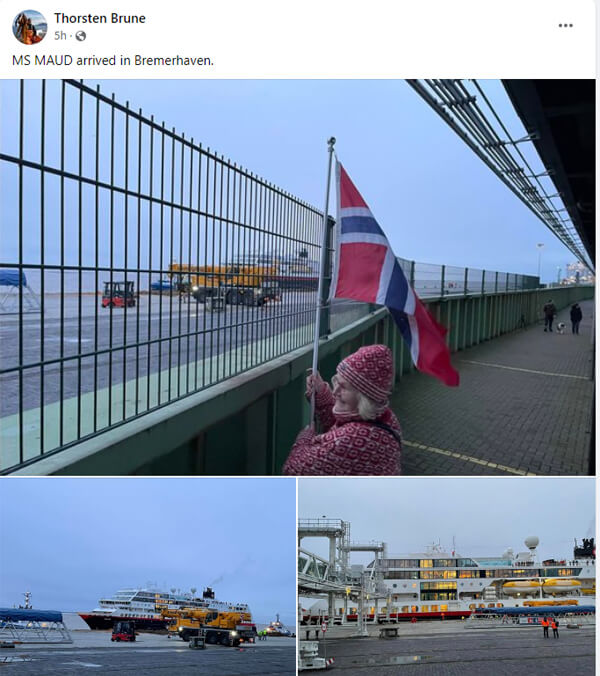Driven by a sea of change in regulations, new technologies and public sentiment, 2023 has pushed the industry firmly on the path of action towards decarbonization. The conversation is finally evolving from policy and concepts to implementation and results. Here’s a look back at how we got here, and a glimpse into what lies ahead.
Decarbonization has come a long way in the maritime industry. The industry is waking up to the work that needs to be done and is having a more mature conversation about it. Moving beyond asking what future fuel or technology will be best suited for shipping in a net-zero future, we’re now examining the practical implications of the availability of such clean fuel and technology on the wider supply chain, as well as the safety and contractual implications of these solutions. This is a welcome change.
This shift was in large part driven by a series of regulatory milestones that have marked 2023, with MEPC 80 adopting a net-zero target for 2050, the IMO’s Carbon Intensity Indicator (CII) taking effect and the formal introduction of shipping to the EU’s Emissions Trading System (ETS).
The spotlight is firmly on shipping to start showing tangible results in line with decarbonization targets - if 2023 was a year of reckoning on the urgency to minimize GHG emissions, 2024 will be one of reality checks. Companies will soon receive their first-ever CII ratings and have to pay for their ship’s carbon emissions under the EU ETS. This will make the need to decarbonize all the more tangible, with a direct impact on companies’ bottom lines. And with new environmental targets to be achieved as early as 2030, this will put a greater focus on solutions anchored on immediate action and proven impact.
As we enter 2024, there will be two interlinked pathways for shipping to make the energy transition work in practice. One is an enhanced focus on energy efficiency, and the other is a reset in the way in which different stakeholders across the industry negotiate contractual agreements to share risks and costs.
Data will drive efficiency... and a cultural reset
2024 is likely to confirm a rising trend in shipping – we can expect voyage optimization, digital systems, wind propulsion, and clean technologies to all continue to gain prominence. Why? They are all proven to unlock energy and operational efficiency that is key to ensure regulatory compliance and save costs in the short term, while also keeping the industry on track with longer-term decarbonization targets.
A study by consulting firm McKinsey revealed that 80% of the decarbonization progress we need this decade will come from such energy efficiency measures.
But decarbonization is more than just a one-off instalment or operational change; it is a holistic exercise where companies need to collaborate to combine clean technology solutions and reimagine the wider commercial, contractual and organizational structures underpinning operations. Expect the industry to make greater use of data analysis and simulation tools to gain the clarity they need to invest in new technologies, be it for newbuilds or retrofits.
This trend is already underway. In 2023, we saw various studies validating the effectiveness of combining clean technology solutions to maximize efficiency, and of using data to optimize voyages. Demonstrated by our recent study with wind propulsion systems provider Norsepower, and shipyard Sumitomo Heavy Industries, we found that combining rotor sail technology with voyage optimization has the potential to minimize emissions by up to 28% on average on routes between New York and Amsterdam. In parallel, another study with ClassNK and Marubeni showed that deploying voyage optimization alone can help ships reduce their fuel consumption and CO2 emissions by up to 7.3% and maintain their Carbon Intensity Indicator (CII) ratings for an additional two to three years.
With these results strengthening the business case for investing in clean technology, 2023 has proven that decarbonization shouldn’t be a leap of faith. Instead, with data-driven evidence, owners and operators will be able to make confident and well-informed investment decisions, so 2024 should see more owners and operators turn to energy efficiency measures for tangible decarbonization progress.
But true sustainability isn’t just about investing in a constellation of solutions; it’s about ensuring we also negotiate contracts that are sustainable and don’t reward inefficiency. One area that saw significant progress this year was in tackling the wasteful practice of ‘Sail Fast Then Wait’, which sees ships sailing at speed across oceans, only to wait for extended periods outside congested ports.
The Blue Visby platform, which is supported by NAPA’s digital expertise, staggers and optimizes arrivals for groups of vessels traveling to a port, which enables ships to slow down, still save their ‘place in the queue’ and reduce emissions by up to 15% on average. Critically, the project is pushing the maritime industry to reimagine traditional dynamics between shipowners, charterers, and cargo owners to remove so-called “split incentives” that still stand in the way ofd decarbonization progress. And breaking this mold is enabled by ensuring doing good for the planet also makes commercial sense.
One thing these projects demonstrate is that decarbonization will require an overhaul of the way different stakeholders engage with one another. A collaborative mindset and shared commitment to sustainability will be critical to aligning teams behind common goals and getting any initiative off the ground- in other words, 2024 will be shipping’s cultural reset.
Sustainability is a battle on multiple fronts
GHG reductions are just one part of an ever-growing puzzle but leave us with the blueprint to tackle other challenges. Specifically, pressure for more sustainable shipping is coming from a growing set of stakeholders, from financiers, investors, insurers and end customers, and will start to cover aspects beyond GHG reductions.
The call for greater environmental scrutiny will soon encompass other aspects of Environmental Social Governance performance and 2024 will see the phasing in of the EU’s Corporate Sustainability Reporting Directive (CSRD).
Ultimately, this will require detailed ESG reporting for around 50,000 companies across the EU. For shipping, this will add to already growing ESG pressure. However, the good news is that the groundwork for solid data collection is already in place. With the right tools to enable reporting, compliance and environmental performance analysis, these obligations can be turned into opportunities for even greater operational efficiencies.
Putting these tools to the test, 2024 will be the year shipping gets its ‘report card’ to assess whether we’re meeting our targets. But there’s always room for improvement. Fortunately, 2023 has shown us what needs to be done to stay ahead of the class: voyage optimization, clean technologies, innovative ship designs, pioneering safety training, robust ESG reporting and contractual changes are all proven to get us closer to net-zero, while making business sense at all stages for all stakeholders.
With these foundations in place, shipping can move forward with confidence.
Mikko Kuosa is CEO of NAPA.
The opinions expressed herein are the author's and not necessarily those of The Maritime Executive.
